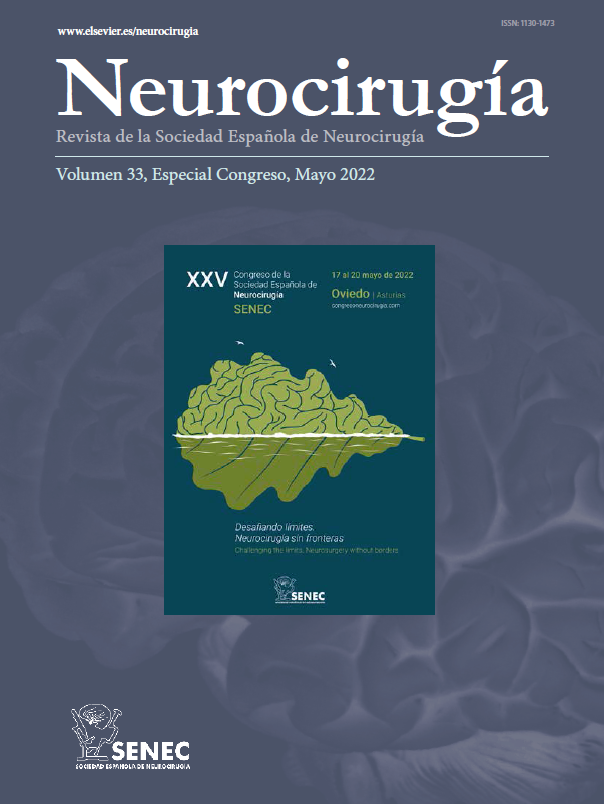O-010 - PROGNOSTIC PREDICTORS IN GROWTH HORMONE SECRETING PITUITARY NEUROENDOCRINE TUMORS: TERTIRARY REFERENCE CENTRE, SINGLE SENIOR SURGEON, AND LONG-TERM FOLLOW UP
Hospital Clínic de Barcelona, Barcelona, Spain.
Introduction: Augmented IGF-1 blood levels in acromegalic patients is related with an increased morbidity and mortality, especially due to detrimental effects of diabetes mellitus. After initial surgical excision, some patients will not achieve long-term blood IGF-1 levels normalization, evidencing heterogeneous behaviour of growth hormone (GH) secreting pituitary neuroendocrine tumors (PitNET). Early and accurately identifying those patients with poor response to initial surgery, or with an augmented recurrence risk, is critical for optimal prognostic-based approach of the disease.
Objectives: To evaluate value of postoperative long-term prognostic factors in patients affected by GH secreting PitNET.
Methods: The authors performed a retrospective analysis of 44 patients affected by GH secreting PitNET treated via endoscopic endonasal approach (EEA) between 2006 and 2019. Long-term follow-up of at least 24 months was accomplished in all patients. PitNET clinicopathological classification, MRI (magnetic resonance imaging) T2-weighted intensity, and cytokeratin expression pattern were initially evaluated separately (univariate analysis), and posteriorly included in the multivariate analysis in conjunction with other classical prognostic factors (Hardy’s grade, Knosp’s grade, and tumor size).
Results: In univariate analysis: Group 2b of the PitNET clinicopathological classification was related to minor IGF-1 normalization (Relative Risk; RR = 0.065 (0.006-0.660), p = 0.015), augmented need for adjuvant therapy (RR = 1.333 (1.092-1.629), p = 0.05), and major recurrence or absence of remission (RR = 4.875 (2.628-9.042), p = 0.001). Hyperintensity in T2-weighted MRI was related to major need for adjuvant therapy (RR = 1.200 (1.050-4.199) p = 0.048). In multivariate analysis: Group 2b of the PitNET clinicopathological classification was related with major recurrence or absence of remission and augmented need for reintervention (p = 0.028 and p = 0.001 respectively), group IV of the Knosp’s classification was related with major need for reintervention (p = 0.011), and hyperintensity in T2-weighted MRI was related with increased need for reintervention (p = 0.026).
Conclusions: Clinicopathological classification, tumor T2-weighted MRI intensity, and cavernous sinus invasion gives utile postsurgical long-term prognostic information.







